This summer I ran over a submerged object while I was out sailing my 18′ sail-and-oar boat. The centerboard, held down by a bungee, kicked up, dropped back down, and suffered no damage. The pivoting blade of my rudder was held in place by a downhaul in a jam cleat, not by a bungee, so when it kicked up, the stopper knot on the end of the downhaul pulled through its hole at the edge of the rudder blade. The blade stayed up and I no longer had rudder control. I had to stop, take the rudder apart, reinsert the downhaul, and add whipping to fatten the end to keep it from pulling though again. While I avoided major damage, it could have been worse if I’d had a more robust attachment for the downhaul.
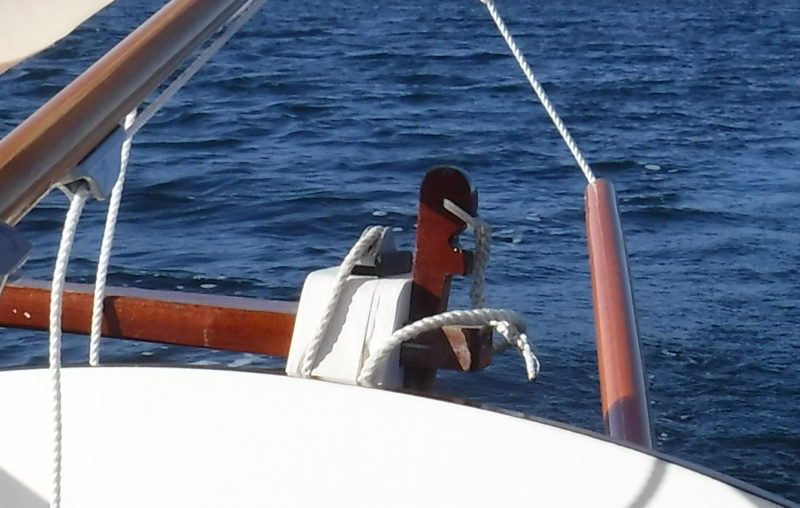 Alex Zimmerman
Alex ZimmermanWith the cleat mounted on a rudderhead, the downhaul line isn’t at quite the right angle entering the cleat but the system still works.
Clearly I’m not the first person to run into this problem, because the folks at Clamcleat in the U.K. have developed an auto-release jam cleat. The aluminum cleat accommodates lines from 3/16″ to 1/4″ in diameter and is mounted in an acetal thermoplastic base with a pivot pin. On the bottom of the cleat is a small double-sided cam that snaps underneath a couple of tabs inside a plastic base. When a tug on the line applies a sufficient upward force against the tabs, the cleat capsizes, releasing the line. The cam adjusts the force required for release and, according to Duckworks, a U.S. retailer for Clamcleats, can be set anywhere between 50 and 520 lbs.
The recommended installation would have the line pulling directly in line with the cleat, and mounting the cleat on a conventional tiller would achieve that. My boat has a push-pull tiller preventing that kind of installation, so I mounted the cleat on the rudder head. The downhaul enters the cleat at an angle of 16 degrees below horizontal, and while that’s not ideal—it increases the force needed to release the cleat—I thought it might work anyway.
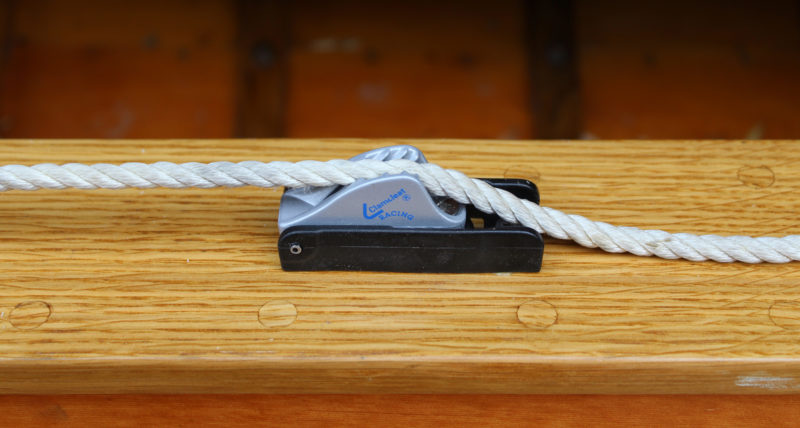 SBM
SBMFor the cleat to work as designed, the line should enter the cleat parallel to the base. This cleat is installed on the centerboard trunk of a Whitehall.
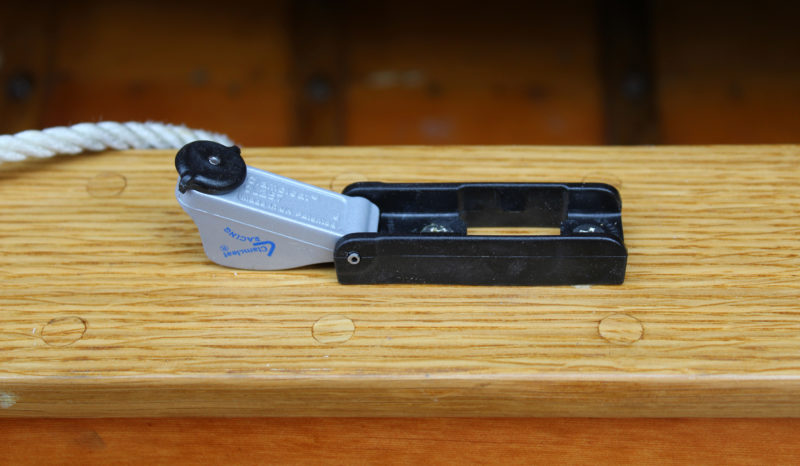 SBM
SBMThe tripped cleat shows the disk that engages tabs on the inside of the base. The tabs on the disk are stops to limit the range of its rotation.
There are two questions to be considered with this cleat: Will it keep the rudder in place while sailing in reasonable conditions? Will it release before a collision or grounding does significant damage to the rudder or boat?
To answer the first question, I took the boat out and sailed it in moderate conditions at up to 4 knots, and checked the force on the downhaul line by holding it. There was no more than 10 lbs of pull, well below the cleat’s release point.
To test the release without actually running aground, I clamped the rudder in the vise and set the downhaul in the auto-release cleat. With the cam at its lowest setting, I gave the rudder blade a good sharp tug with a force I estimated at about 75-100 lbs, and the cleat popped up and released the downhaul.
It seems to me the ideal setting for the auto-release would be the least amount of force needed to pop the cleat when an inadvertent force is applied (such as grounding your rudder blade) but enough to hold the rudder blade down against the forces pushing it back while you are underway. For my boat, I think this setting will work just fine. I suspect the lowest setting will also work fine with most small boats, but the adjustment is there and a little experimentation will tell you what works for your boat.
This clever piece of gear works as advertised. Though I am using it for a rudder, it would work equally well for a centerboard or a leeboard. It’s a keeper, and I will have a little more peace of mind next time I am out sailing.![]()
Alex Zimmerman is a semi-retired mechanical technologist and former executive. His first boat was an abandoned Chestnut canoe that he fixed up as a teenager and paddled on the waterways of eastern Manitoba and northwestern Ontario. He started his professional career as a maritime engineer in the Canadian Navy, and that triggered his interest in sailing. He didn’t get back into boatbuilding until he moved back to Vancouver Island in the ’90s, where he built a number of sea kayaks that he used to explore the coast. In the early 2000s, he built his first sail-and-oar boat and he completed his latest in June of this year. He says he can stop building boats any time.
The Clamcleat’s CL257 Auto-Release Racing Mini in manufactured in England and available in the US for $21 from Duckworks.
Is there a product that might be useful for boatbuilding, cruising or shore-side camping that you’d like us to review? Please email your suggestions.
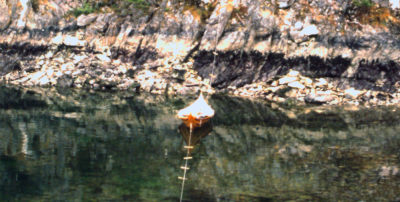
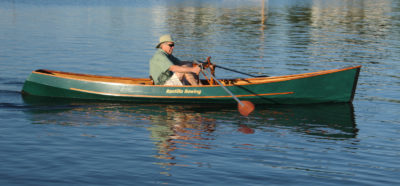
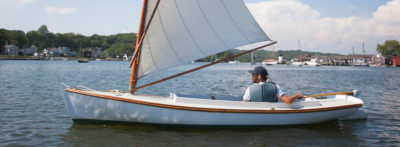
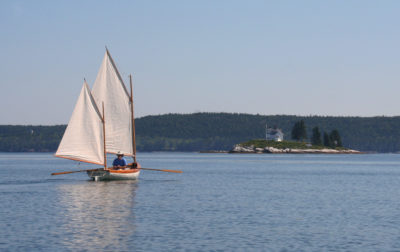
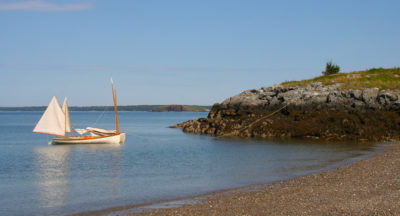
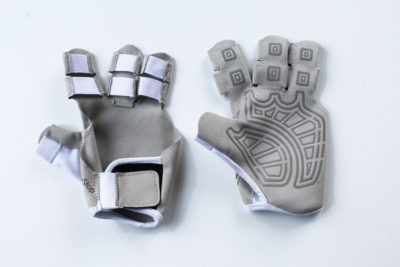
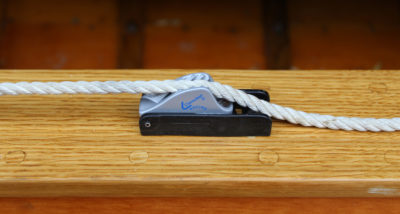
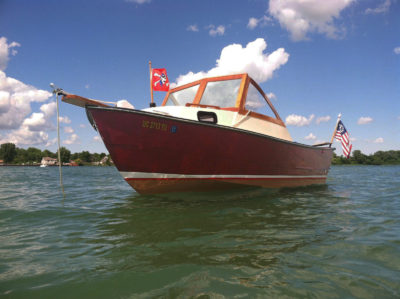
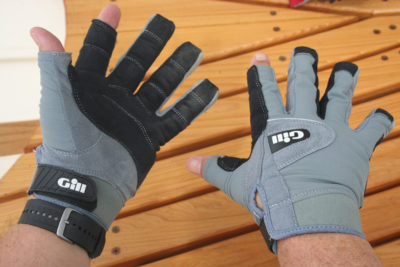
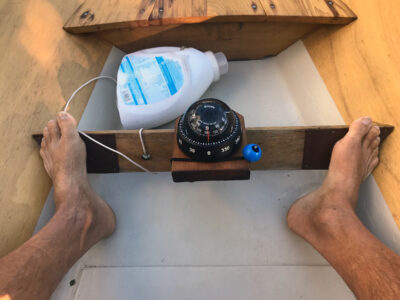
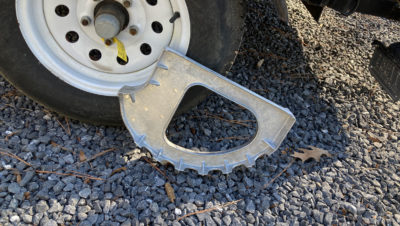
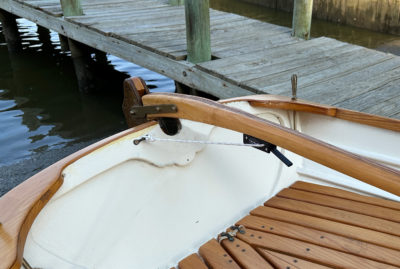
Perhaps adding a loop of shock cord in the rudder downhaul would not be a bad idea, even with this cleat, just to soften the blow a bit. It does not have to be too long, a 4″to 6″loop, so it is not too soft.
I was once told by old George Greenhough, a local boat/surf/windsurf legend, that the things he really hates in life are the things that go click and clunk. He went on to say that things either have to have overwhelming strength or plenty of give.
I reckon I will order a couple of cleats.
I’ve got this cleat on both my rudder and centreboard as standard fitting on a Swallow Yachts Baycruiser 20. They have worked perfectly for seven years, during which I have grounded more times than I care to think. I also fitted one on my Iain Oughtred Guillemot to hold the centreboard down and again, it works without fault. Highly recommended, and I don’t think there is any need to fit shock cord. That might actually cause problems.
I agree, this is a great device. When my rudder catches a lobstah pot, it releases easily. A simple pull on the rudder downhaul and steering is restored. A little pressure with the heel of your hand and it is reset. A light setting works well for my Vivier Jewell. It never releases inappropriately. Well worth its price.
I mounted this device on my proa but I don’t like it because it’s plastic. Does anyone know a similar system built out of wood?
I don’t know of an auto-releasing cleat that’s made out of wood, but it may be possible to design one. I doubt that it would look much like the one reviewed here. The black plastic base has some flex in it—that’s what allows the disk on the jam cleat to slip past the tabs molded into the base. The plastic is not only flexible, but very durable, so it won’t wear out with repeated use. If any readers would like to take on the challenge of creating a do-it-yourself releasing cleat, we’d be happy to build them, test them, and publish them in a future issue.
Christopher Cunningham
Editor, Small Boats Monthly